The race to save Southside Speedway
Southside Speedway, a short track located on Genito Rd. in Chesterfield County, closed down in the aftermath of the COVID-19 pandemic.
A multi-year fight over the future of Southside Speedway has seemingly turned a corner with Chesterfield County now accepting proposals for redevelopment.
The short track located on the corner of Genito Rd. and Oak Lake Blvd., nicknamed “The Toughest Short Track in the South”, shut down operation late in 2020 as a result of the COVID-19 pandemic.
While its fate remained uncertain, even in its current state, the track surface of the speedway has deteriorated massively since its closure. A report conducted in Nov. 2022 by Martyn Thake, the President of Motorsports Consulting Services, outlines problems with the track that make it unsafe.
“The track surface needs to be replaced,” Thake’s report says. “While it would be possible to remove the weeds and fill the cracks with tar, this would produce a track that is so bumpy that it would upset the cars to such an extent that they would be undriveable.”
The inner wall of the track is in an acceptable condition for racing, but it is the outside wall that outlines the third-of-a-mile track that is worrisome for Thake. He proposes replacing the steel plate that runs along the outside protective barrier.
“The barrier on the outside of the track is steel plate; this type of barrier, while popular in the ’70s, is not accepted any more,” the report continues. “The outside barrier will need to be replaced with a poured in place concrete wall, capable of taking a direct impact from the heaviest car that will be racing there at its maximum speed.”
Additionally, Thake believes that the catch fencing surrounding the track needs work if there is any hope of reopening the venue for racing.
“The catch fence is installed incorrectly,” the report says. “The poles appear to be sufficient, however in several locations they are angled away from the track, indicating that the ground they are set [on] is eroding.”
Not only does Thake believe that the eroded catch fencing is problematic for the track, but he also writes that the outside retention wall poses a problem for race fans.
“Wooden sections of the retention wall behind the catch fence on the outside of the track are collapsing,” the report finally states. “This affects the integrity of the safety system and would probably collapse if a car did hit the fence in any of these locations, resulting in a car leaving the enclosure of the track and landing among the spectators.”
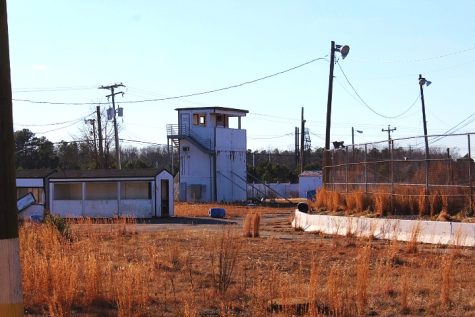
In closing his report, Thake says that the cost of rehabilitating the speedway would be the same price, if not more, as “leveling the track and building a new one.”
Before Chesterfield County took control of the impending financial situation of the track, a group consisting of a mix of former drivers and Chesterfield residents proposed the idea of buying the facility and taking the renovations into their own hands in hopes of reopening the track.
In response to this proposal, Thake observed that reopening the track would not be possible in the time frame they were suggesting.
“There is a local group that are saying that basically they can come in, clean up a few things and be running next weekend,” Thake says in the report. “That is NOT the case… the facility is unsafe and needs comprehensive rehabilitation to bring it up to current safety standards.”
However, former driver at Southside Speedway and current team owner Lin O’Neill, who also happens to be part of the group that tried to buy the speedway, challenged Thake’s analysis of Southside’s safety. He believes that cleaning up the track is the least of their concerns and that everyone’s focus should be centered around other aspects of the speedway.

“We could go out there and kill weeds and cut grass and fix a couple of things here and there, and that racetrack’s ready to be raced on in a week,” O’Neill said. “It’s the grandstand side of it that’s going to cost a little bit [of money].”
The speedway, which hosted a race in the National Association for Stock Car Auto Racing’s (NASCAR) top series in 1961, has seen several Hall of Fame drivers, including Richard Petty, Junior Johnson, Ray Hendrick and many more.
In addition, another notable name to come out of Southside Speedway was Wendell Scott. Scott began his career at the Central Virginia short track, where he won the track championship for the Sportsman class. He started racing in NASCAR’s top series, called the Grand National Series at the time, in 1961, where Woody Wilson narrowly beat out Scott in the Rookie of the Year standings. Later in his career, Scott became, at the time, the first African American to win in NASCAR’s top series. O’Neill explains that, if nothing else, the county should revive the track due to its history, which stretches back to 1959. O’Neill also believes that the track is an important money source for the county and empathizes with the businesses in the area.
“It’s the history of it,” O’Neill said. “To sit there and know what’s happened out there and what it’s done for the businesses of the area, we [know] it’s not the only race in history… but it’s a big tax generator for the county; my little business started out of it.”
Currently, Southside Speedway is most well-known as the stepping stone for NASCAR Cup Series driver and Manchester High School graduate Denny Hamlin.
While the new reports open the track for revitalization, the financial situation remains unsteady. Late last year, Hamlin hinted on Twitter that he would help to buy and reopen the track.
When sent the link to an article about Thake’s analysis, Hamlin responded that he was “working on it,” leading many to believe that Hamlin was a frontrunner for the speedway’s purchase.
Ever since the closure of Southside Speedway in Dec. 2020, various petition groups running under the slogan of “Save Southside Speedway” have surfaced. These groups have used yard signs, bumper stickers and more to try to get the word out to other Chesterfield residents concerning the reasons for rebooting the speedway.
Another way that supporters have attempted to spread the word nationwide is by pleading for the track to be featured on NASCAR Hall of Famer Dale Earnhardt Jr.’s television documentary, Lost Speedways.

In his show, Earnhardt Jr. has featured tracks that have been all but abandoned in hopes that they will be revived. He was able to do that with North Wilkesboro Speedway in North Carolina, which is now scheduled to host the 2023 NASCAR All-Star Race; fans are hoping he would be able to do the same thing with Southside Speedway. However, O’Neill believes that being featured on Lost Speedways would do more harm than good for the track.
“I, personally, think that getting on Lost Speedways is not a good thing for us,” O’Neill said. “I don’t consider it lost, and putting it on that show would give off that impression.”
While there seems to be reassurance from the county in reviving the short track, nothing is a done deal. The financial struggle surrounding the track is one that could make or break that revival. O’Neill hopes that the “Save Southside Speedway” community’s hard work will pay off in the long run.
The redevelopment of Southside Speedway is part of a larger development project stretching from the area just west of the track to the 288 corridor. The project, which consists of “The Lake” water park, will open the door for many new opportunities in Midlothian. While Genito’s development does not directly affect Southside Speedway, O’Neill believes that the track and other developments can “work off of each other” and “work together” to brighten Midlothian’s future as a tourist destination.
“[Going to the speedway] is something that I really liked doing every Saturday night,” O’Neill said. “I hope I can do that again.”

Currently a senior at the Math and Science High School at Clover Hill, Cabot is very much interested in the world of sports. He is currently in his second...

Ian Hooks, a senior math and science student at Clover Hill, has always been interested in sports journalism and broadcasting. In fact, this is his third...



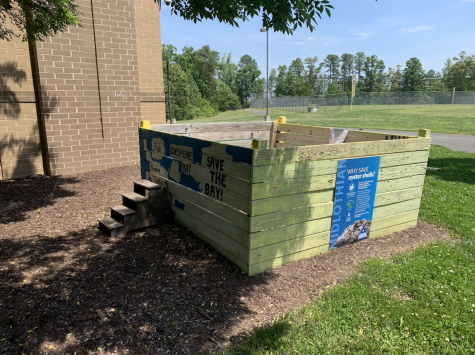

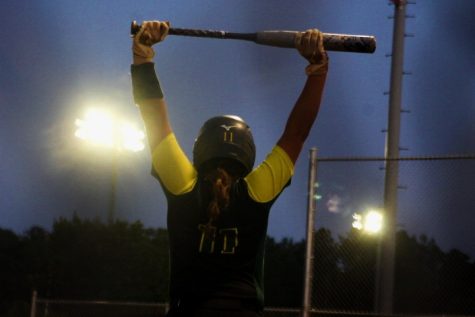
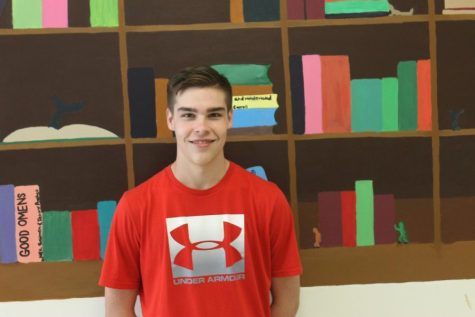

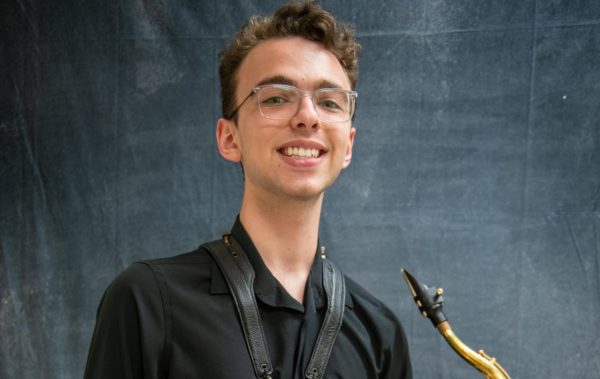

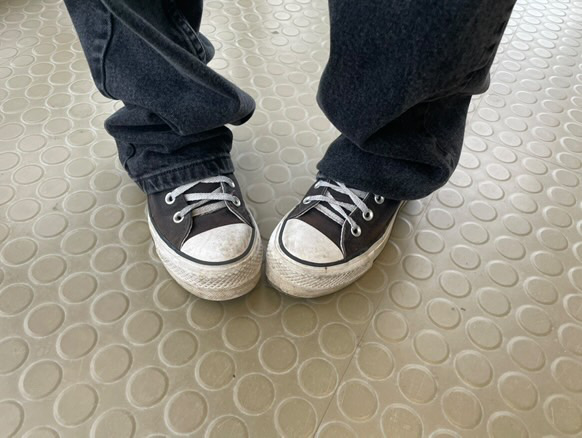


Makiyah • Feb 17, 2023 at 11:10 am
I have many memories here at this track with my father from when I was young. I really hope they are able to save south side speed way. I always see the signs in yards during my morning commute.
Tiara • Feb 9, 2023 at 1:05 pm
Ever since i was a child my family and I always loved going to the raceway to watch my uncle races. I understand why they want to tear it down because the track is un use-able. But, that doesnt mean they cannot fix whats broken so people can still enjoy the race way.
Nate • Feb 8, 2023 at 9:13 am
When i moved in with my dad 8 years ago we would go here every other weekend, sometimes every week. I moved back with my mom, then eventually back with my dad. It sucks that they don’t use it anymore, I hope they fix it and open it back up.
Ashton Blankenship • Feb 3, 2023 at 2:02 pm
A very interesting story, I hope they do not get rid of the speedway but I also understand that it is going to cost far more to rebuild than it is worth. And people can not go there to enjoy the races or participant in the races because the track has unsafe conditions.
Liv Finamore • Feb 3, 2023 at 8:59 am
When I first moved here 5-ish years ago I had no idea what that place even was and I only found out like a week ago lol.
Kiya Wilkins • Feb 2, 2023 at 2:09 pm
I understand why they would want to close down the track because there are a lot of problems and complications with the track. However, I do understand why some would want to keep the track. Clearly it holds value to some people and they feel like it\’s worth saving. I have never been there so I don\’t know, but I think they should keep the track. Although, if it\’s too much money to fix or too late to repair, then I think they should just renovate it into something else useful.
Bryce Hilton • Jan 30, 2023 at 2:31 pm
I’ve always been a fan of the Southside Speedway track race. Ever since I was ten years old, I would go there with my old pop and watch the loud race cars for hours. It makes me sad knowing that all those precious and dear memories I made with my father could be wasted on an empty shell of a water park. I hope the future will hold something better for this racetrack.
Ethan • Jan 30, 2023 at 1:43 pm
i always wondered what the track was when i passed it on the road, now i do and what is going on with the track.